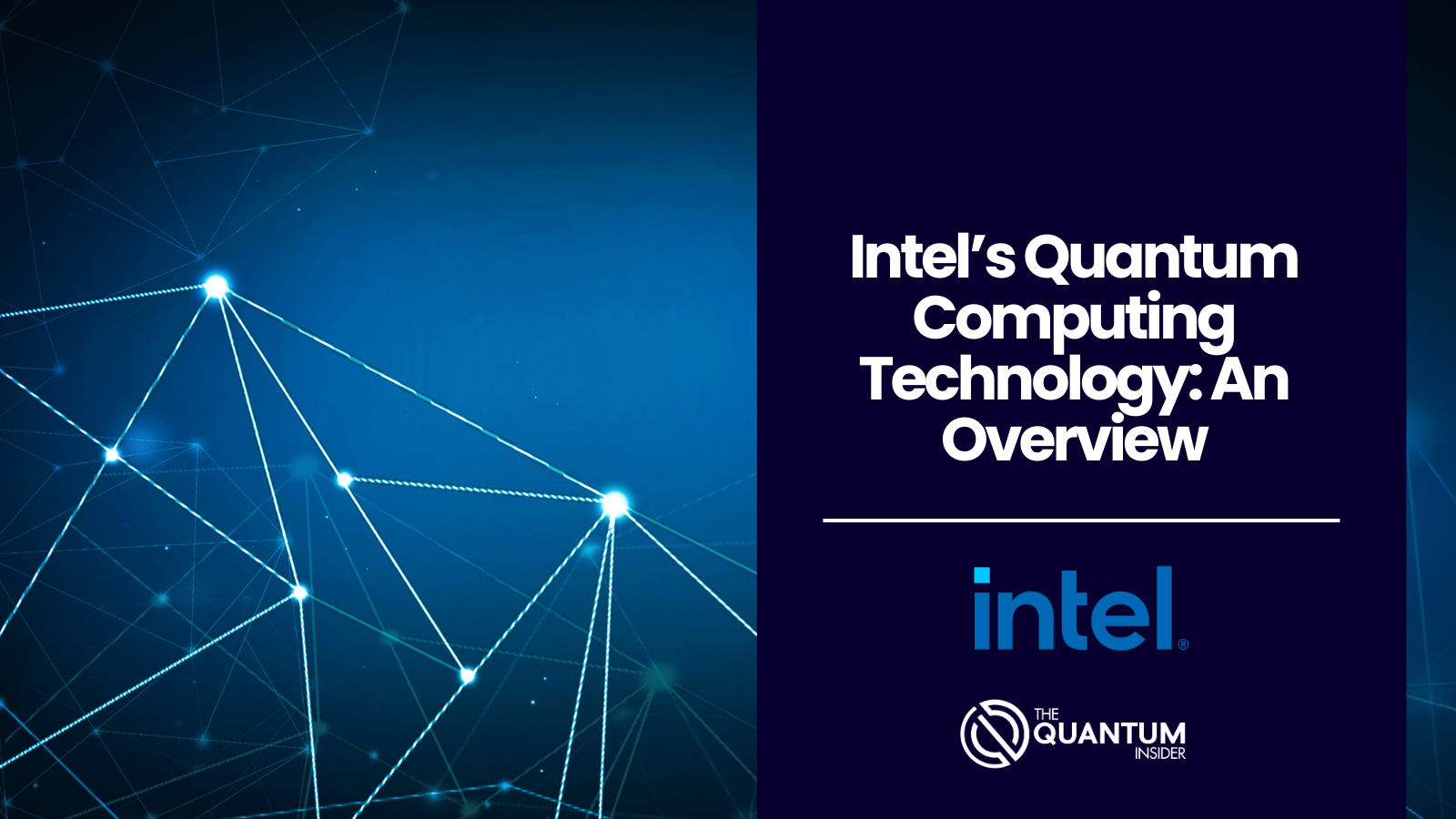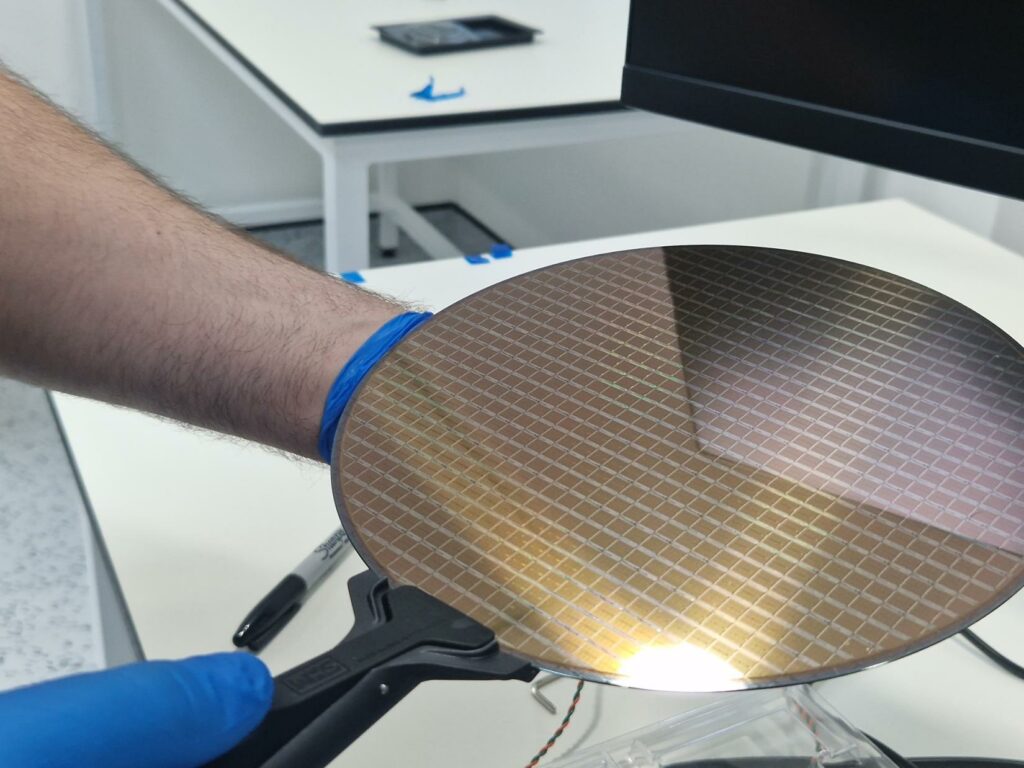Intel has been one of the key pioneers of silicon transistors for classical computers for the last fifty or so years. Now, it is one with a solid quantum computing strategy.
Key Concepts Behind Intel’s Quantum Computing In 2023
Traditionally, binary computing has been referred to as classical computing. As part of this traditional method of computing, information is stored in bits that are represented logically by 0s (off) or 1s (on).
A quantum computer, however, uses quantum physics principles like entanglement and superposition to compute. A quantum bit, also known as a qubit, is capable of operating probabilistically in multiple states, enabling unprecedented levels of parallelism and computing efficiency.
There are only tens or hundreds of entangled qubits in quantum systems of today, which limits their ability to solve problems in the real world. Commercial quantum systems need to scale up to over a million qubits and overcome challenges such as the sensitivity of the qubits and the barriers to creating effective algorithms in order to become practical.
Having worked with industry and academic partners, Intel is one such company that is making significant progress in overcoming some of these bottlenecks. Since Intel has been developing silicon transistors for the last 50 years, we can say it has some kind of “upper hand” on the majority in the QC race to build on its high-performance capabilities.

Intel is using its expertise in high-volume transistor manufacturing to develop silicon spin qubits, much smaller computing devices that operate at higher temperatures. In addition to this, the Horse Ridge II cryogenic quantum control chip offers greater integration while the cryoprobers enable high-volume testing, which contributes to commercialization.
The original Horse Ridge controller chip was originally developed in 2019. By manipulating and reading qubit states, however, Mark II can control the potential of several gates when multiple qubits are being used to compute.
As part of its commitment to advancing quantum computing, Intel is building a developer community. The University of Pennsylvania, Technische Hochschule Deggendorf, Keio University, Ohio State University and Pennsylvania State University have all received grants from Intel to develop quantum course curricula, which will be shared with additional universities and widely used across academia as a starting point for this effort.
In Munich, Germany, the Deggendorf Institute of Technology uses the SDK to explore aerodynamics and hydrodynamics problems. At the beginning of this year, Deggendorf Institute of Technology hosted Intel’s Quantum Computing Challenge. Many of the submissions put forward examined quantum use cases using Intel Quantum SDK, such as image denoising, realistic image generation, and unstructured search. As an additional beta user, Leidos is exploring applications such as quantum machine learning, materials simulation, and wormholes and black holes in astrophysics.
Intel’s Quantum Computing Strengths
In September 2022, Intel released the beta version of the Intel® Quantum Software Development Kit (SDK). When it is released this year, Intel’s quantum spin qubit chip and Intel’s Horse Ridge II control chip will be interoperable with the SDK’s full quantum computer in simulation. Using a low-level virtual machine (LLVM) compiler toolchain, the kit allows developers to program quantum algorithms in simulation, which results in Intel’s SDK integrating seamlessly with C/C++ and Python applications, resulting in greater flexibility and customization.
You may also like:
- Intel’s Quantum Computing Technology: An Overview [2022]
- EY and IBM Expand Strategic Alliance into Quantum Computing
- Intel Shows Off Advances In Quantum, AI and Neuromorphic Computing
Intel’s Most Significant Quantum Computing Projects
With SDK 1.0, classical computing developers can collaborate with quantum developers, using a programming language familiar to them. It also includes a quantum runtime environment for executing hybrid quantum-classical algorithms. Qubits can be simulated using either generic or Intel hardware backends, depending on the developer’s preference. IQS (Intel® Quantum Simulator) is a high-performance generic qubit simulator that is open-source and high-performance. One IQS node can support 32 qubits, and multiple nodes can support more than 40 qubits. Second, a target backend simulates Intel quantum dot qubit hardware and enables compact model simulation of Intel silicon spin qubits. In order to build a large-scale quantum computer, Intel relies on its expertise in silicon transistor manufacturing.
Using the SDK, users can identify what functions the quantum computer’s system architecture needs to run algorithms efficiently and accurately. The SDK is also being used internally by Intel to collaborate on quantum hardware and software development. As a customizable and expandable platform, the SDK makes quantum application development more flexible. As well as this, compilers can also be compared, a standard feature in classical computing development, to determine how well an algorithm is optimized. By viewing the source code, users gain an understanding of how a system stores data.
The SDK will be enhanced with new features and integrated seamlessly with Intel’s quantum hardware in the future.
Example Project 1
In May 2021 in a collaboration between the Delft University of Technology and the Netherlands Organization for Applied Scientific Research, Intel and QuTech published key quantum research findings to resolve the “interconnect bottleneck” between quantum chips in cryogenic dilution refrigerators and complex room-temperature electronics controlling them. Nature, a peer-reviewed science journal, covered the innovations and mark an important milestone in addressing one of the biggest challenges in quantum scalability.
On this collaboration, Stefano Pellerano, Principal Engineer at Intel Labs, said that [the] “research results, driven in partnership with QuTech, quantitatively prove that our cryogenic controller, Horse Ridge, can achieve the same high-fidelity results as room-temperature electronics while controlling multiple silicon qubits. We also successfully demonstrated frequency multiplexing on two qubits using a single cable, which clears the way for simplifying the ‘wiring challenge’ in quantum computing. Together, these innovations pave the way for fully integrating quantum control chips with the quantum processor in the future, lifting a major roadblock in quantum scaling.”
Example Project 2
In October 2022, it was announced the achievement of mass production of quantum computing chips. The typical research and laboratory process involves creating one quantum chip at a time. In spite of that employing extreme ultraviolet (EUV) lithography, Intel managed to span a typical 300mm wafer with many chips, claiming the highest uniformity and yield results to date. The company also stated at the time that in order to identify areas where the fabrication process could be further optimized, these test wafers would be investigated.
On the achievement, James Clarke, Director of Quantum Hardware at Intel, said: “Intel continues to make progress toward manufacturing silicon spin qubits using its own transistor manufacturing technology. The high yield and uniformity achieved show that fabricating quantum chips on Intel’s established transistor process nodes is the sound strategy and is a strong indicator for success as the technologies mature for commercialization.”
Where is Intel Heading With Quantum Computing In 2023?
To answer this, we should be leaning on the wisdom of Clarke once more. Clarke, who has been at Intel for over twenty years and has a Ph.D. in Physical Chemistry from Harvard, believes that a number of technological advances have been made, such as open-source libraries and new qubit processors, but still better qubit devices and better-quality qubits are required. He thinks we can get there by developing cleaner materials with sharper interfaces than we currently possess for our transistor processes while also noting we lack an interconnect technology that is more sophisticated.
He’s also aware by co-integrating the control chips close to the qubit chip, we can simplify wiring and achieve faster control. Finally, he’s conscious that to achieve quantum practicality, we need to demonstrate error correction in order to have more stable qubits that can perform the types of calculations that will ultimately be possible.
To get there, he said in a company blog post from November 2022, “Intel foresees a hybrid future for quantum along with classical supercomputing. Right now, we’re limited to working with a relatively small number of qubits that we can either simulate or run so that quantum algorithms can be co-optimized between classical components and quantum components. Parts of the algorithm might run on a classical system, with other data from the quantum system. A very large-scale quantum computer will probably have a small supercomputer next to it. And the bill of materials for a quantum computer may have more from the classical computing space than from the actual quantum chip.”
If you found this article to be informative, you can explore more current quantum news here, exclusives, interviews, and podcasts.



















